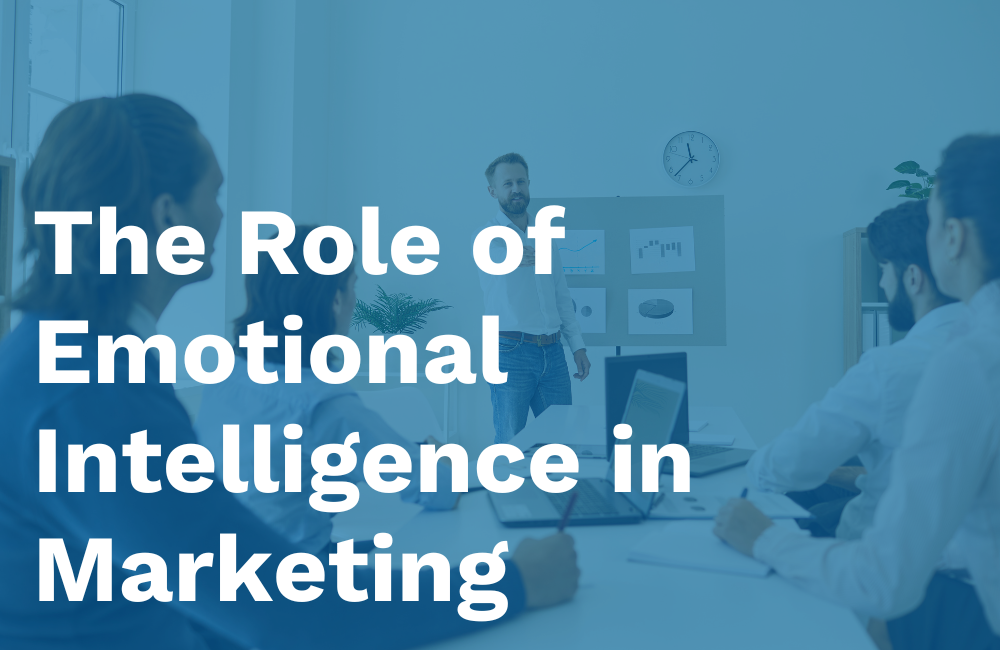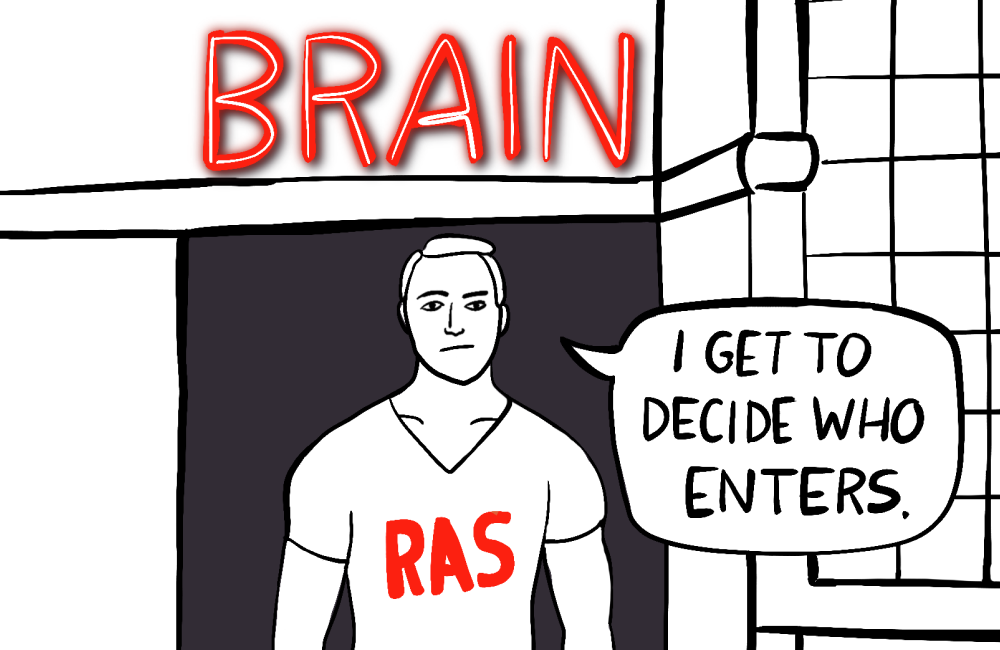Anxiety, depression, stress, and other mental health issues have become more prevalent across the country since the start of COVID. According to the World Health Organization, the pandemic triggered a 25% increase in anxiety and depression worldwide (source). People try all sorts of different things to manage their anxiety from distracting themselves or trying to “toughen up”, but when we’re actually forced to come to terms with the deeply-rooted (and not so deeply-rooted) causes of mental illness, things can start to fall apart.
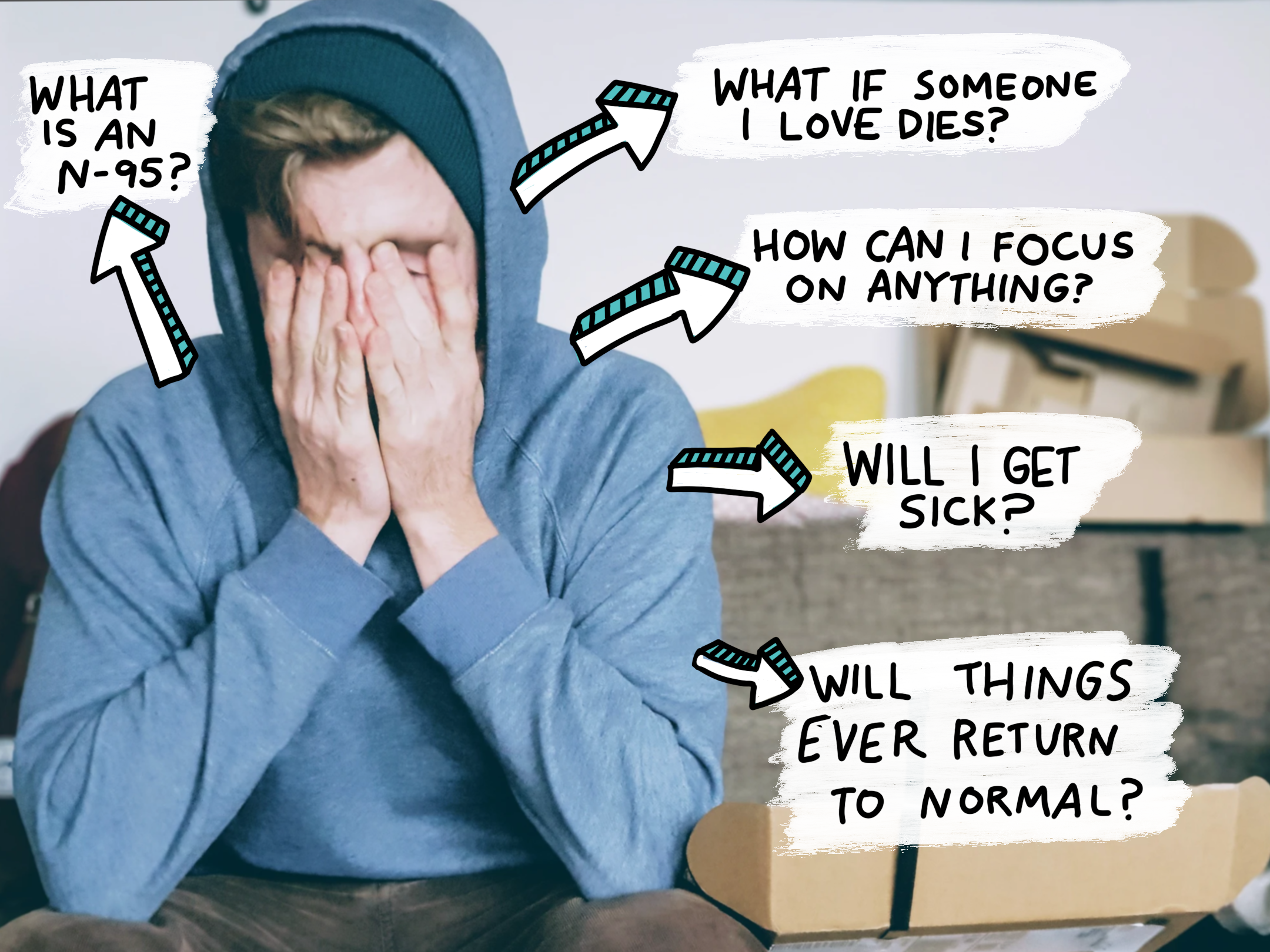
I’ve done a lot of reading about how the brain works and how the brain manages all sorts of different situations. The thing about the brain is that it likes to make predictions. It wants the world to follow certain patterns. When new information comes in, our brains like to analyze it and figure out what to expect next. It’s like a map of cause and effect that the brain can lay on top of the world and use it to get us from point A to point B reliably and safely.
But what happens when patterns change? What happens when the brain’s map becomes unreliable?
Since COVID appeared in early 2020, our brain’s maps have become filled with uncertainty. Things didn’t happen the way we expected to. Sure, it’s understandable…how could any of our brains handle a worldwide event that pulled us out of the normal course of our lives, took us out of our offices, took our kids out of school, and filled the TV and internet with terrifying stories and a whole host of information to disseminate, some of which was accurate and some not so much? Without a predictable pattern, our brains experienced enormous stress.
Stress Isn’t Necessarily a Bad Thing
Let’s back up. People tend to talk about stress like it’s a bad thing, but that’s not true. Stress is a normal, helpful tool our bodies use to get through difficult situations. When you run into a rattlesnake on your hike, stress causes your adrenaline to spike and sends you running in the opposite direction. (I think so, at least. An initial scan of google results shows a few options for dealing with rattlesnakes, but I’ve looked it up and can assure you: humans can outrun rattlesnakes.) When the guy in front of you cuts you off on the highway, that adrenaline spike makes you slam your foot on the brake. Stress has an important evolutionary purpose.
When stress is manageable, it actually increases alertness and performance, like when you’re slamming your foot on the break. It improves memory by encouraging the growth of stem cells that become brain cells. Think of it this way: if you always stub your toe on the coffee table, you’re more likely to remember to step out of the way next time. Your memory improved. It’s an evolutionary adaptation that has a place in our world.
Unfortunately, evolution couldn’t predict the world we live in now.
Finding a Solution
The nervous system comprises both the body and the brain, and it’s bidirectional, so the brain can stress out the body and vice versa. When you’re in a high stress state, telling yourself to calm down does next to nothing or even makes things worse. Instead, look to your body.
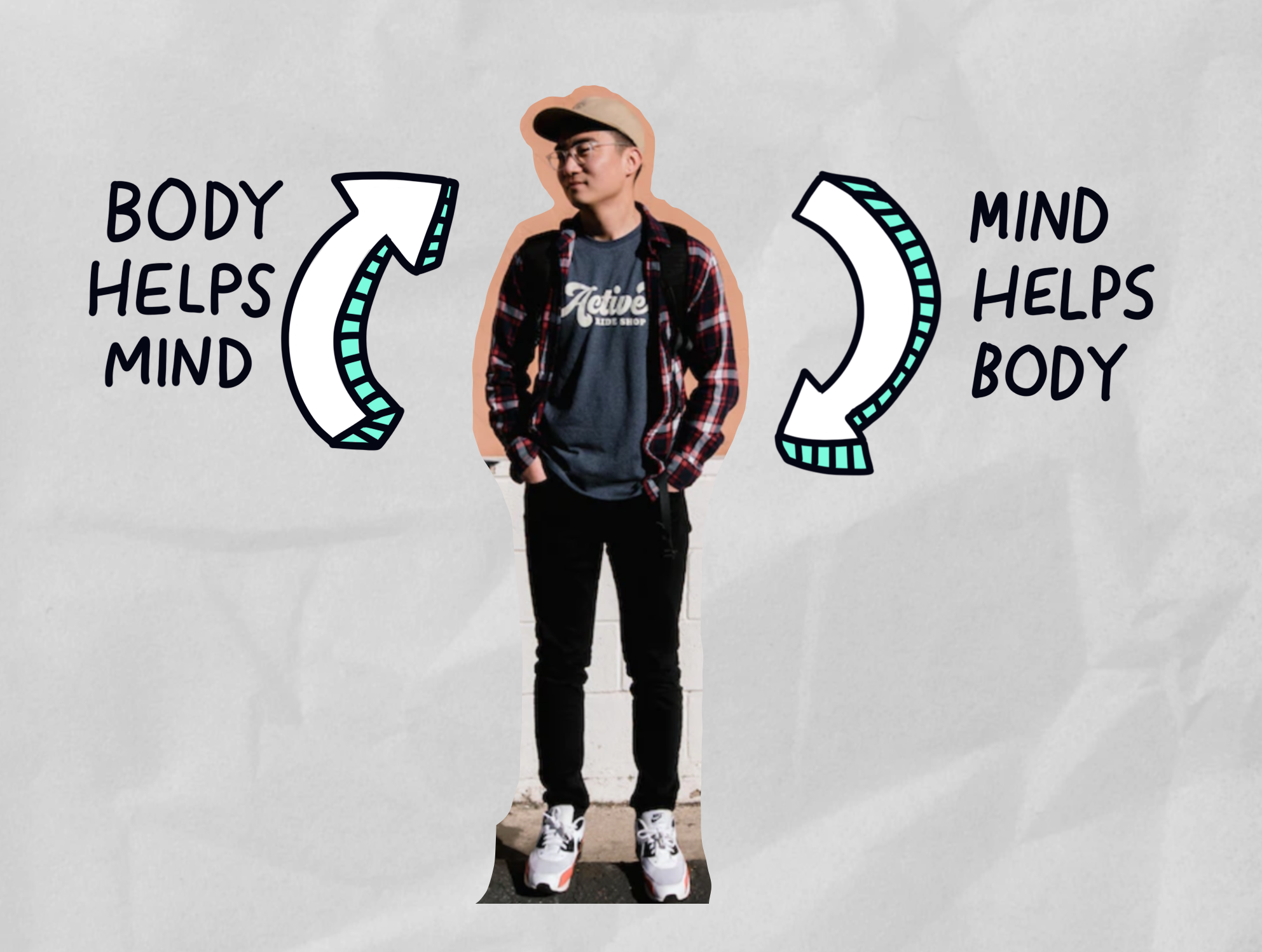
Ignore anyone telling you to calm down when you’re feeling stressed. Neuroscientist Andrew Humberman says, “When you’re stressed, and you tell yourself, ‘Don’t stress,’ or, ‘Calm down,’ that rarely works. … It usually has the opposite effect, and it can be damaging for relationships.” (source) You can’t use your mind to control your mind. You can, though, use your body to control your mind.
The two items below are evidence-based methods that use mechanisms that are the fastest way to take yourself out of stress and into a more balanced state. The great thing about this list is that they can be done at almost any time for no money – a stress reduction technique that requires weekly meditation sessions on top of a mountain isn’t realistic, but these methods are.
- LOOK TO THE HORIZON: People think of the eyes as a part of the body connected to the eyes, but that’s not exactly right. The eyes aren’t just connected to the brain; they’re part of the brain. We can use our eyesight to calm ourselves when we’re feeling tense using something called panoramic vision. When we’re on a walk outside and look off to the horizon, which “releases a mechanism in the brain stem involved in vigilance and arousal” (source). Changing the way we view our environment actually relieves stress!
- TAKE A LONG WALK: Any google search around taking walks will turn up hundreds of results about the benefits of walking for mental and physical health. One key element of walks that can have an enormous impact on mental health is that “forward movement (simply moving and propelling your body forward through walking, running, swimming, biking and more) suppresses the brain’s fear response and encourages us to be more courageous and confrontational” (source). Moving forward, whether it’s on a walk around the block, swimming back and forth in the pool, or running around the park, makes us more courageous. It also releases dopamine which lowers anxiety.
- TAKE DEEP BREATHS: “The Physiological Sigh” was discovered in the 1930s and can be used to help us find a sense of control when we’re feeling stressed or anxious. This sigh is a special breathing technique where we take two inhales followed by a long exhale. It’s actually something we do involuntarily throughout the day, and it’s essential for lung function. By performing this mindful sigh a few times, you can actually make the body feel more relaxed. You can read more about sighing here.
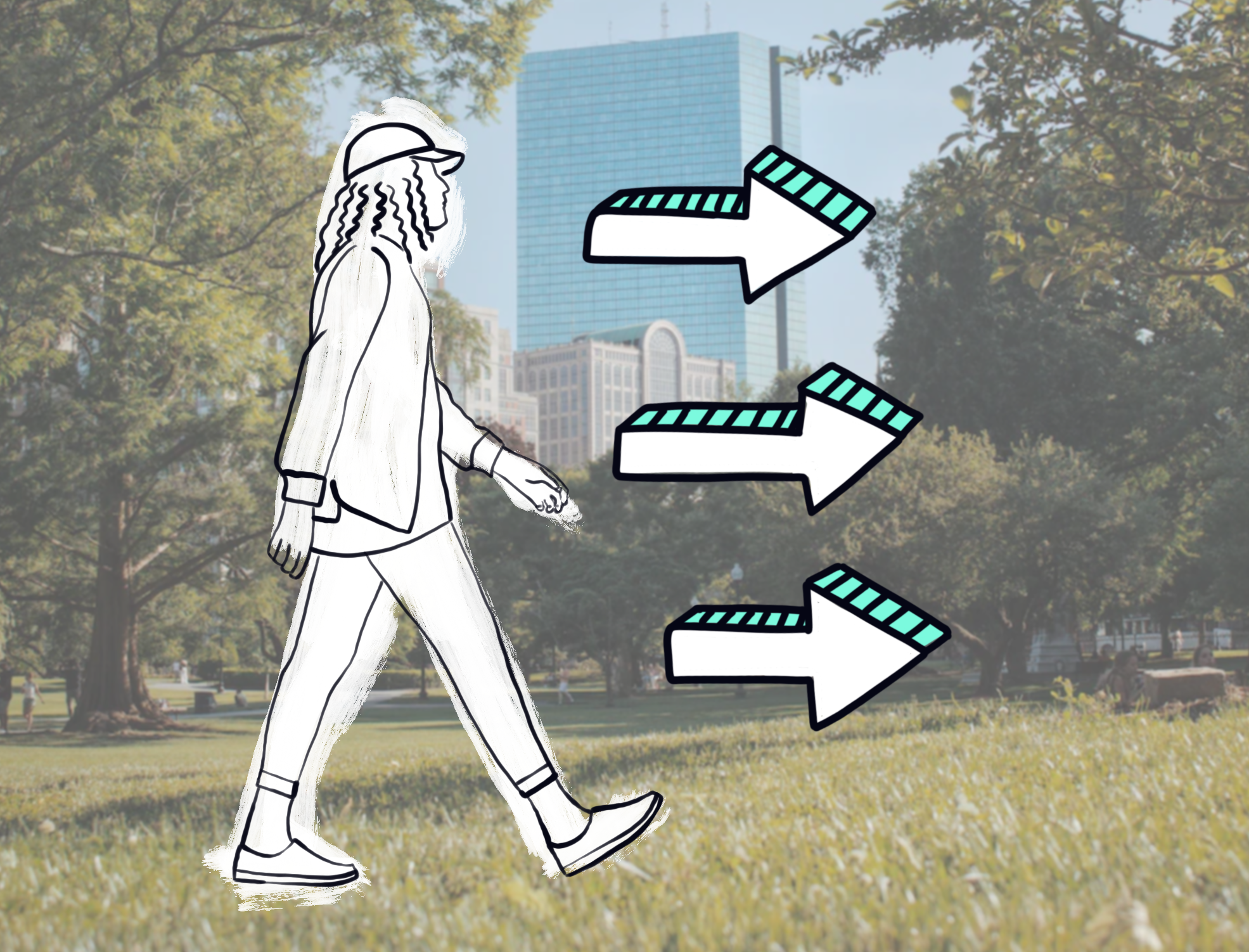
Here is the thing: our lives have gotten immensely more stressful in the last few years, and it’s unlikely that this is going to go away. While stress isn’t always a negative thing, it can interfere with our daily lives and hold us back from being our best selves. Next time you’re feeling overwhelmed with stress or anxiety, try one of the techniques above and let me know how it goes!
About the Author

Derrick Kuhn is our Founder and Managing Director. He specializes in all things digital marketing and strategy. He has pursued business as a platform to pursue ideas and opportunities to grow, explore, contribute, and chart his own course for over 20 years, and is passionate about learning, neuroscience, and fitness.

